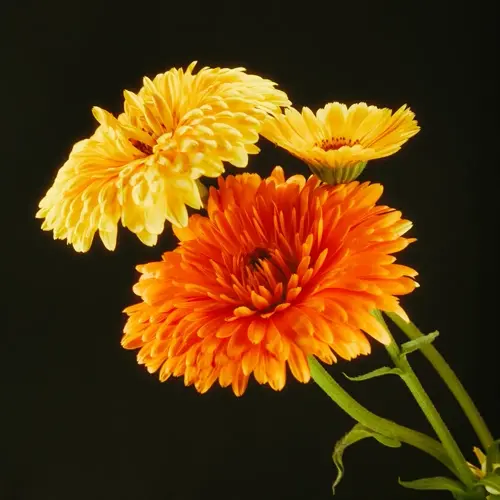Does catnip come back each year?

Written by
Nguyen Minh
Reviewed by
Prof. Charles Hartman, Ph.D.In USDA zones 3 through 9, catnip reliably comes back every year, making it a hardy perennial. This tough plant endures the winter dormancy and springs back each spring. How you care for the established plants will govern how rapidly they spread each year. With good care, your harvests can continue for many years.
Winter Protection
- Apply 3-4 inches of straw mulch after first frost
- Cover root zones completely in zones 3-5
- Remove mulch gradually during spring thaw
Seasonal Division
- Divide mature plants every three years in early spring
- Replant divisions 24 inches apart for optimal growth
- Water new transplants daily for two weeks
Zone-Specific Care
- Southern zones: Provide afternoon shade above 85°F
- Northern zones: Maximize sunlight exposure year-round
- Coastal areas: Ensure excellent drainage against humidity
Plant catnip in the spring after the danger of frost has passed. Look for a spot that gets morning sun and has good airflow. Space plants 2 feet apart to allow room for good growth. Plant catnip in thplease e spring after the danger of frost has passed. Look for a spot that gets morning su During the summer season, water plants deeply to prevent drought.
To achieve optimum oil concentration, harvest catnip just before it flowers. Dry stems upside down in dark, well-ventilated locations. Store in airtight bags or containers for up to a year. Perennial catnip plants increase in harvest volume over each season. You can divide or split overly large clumps to rejuvenate the plant's vigor.
Address typical concerns, such as centers die back through splitting consistently. Enhance air circulation around plants to minimize the development of powdery mildew. Use organic neem oil sprays for pest management. Established perennials require much less fuss than new perennials.
Read the full article: How to Grow Catnip: The Complete Guide

